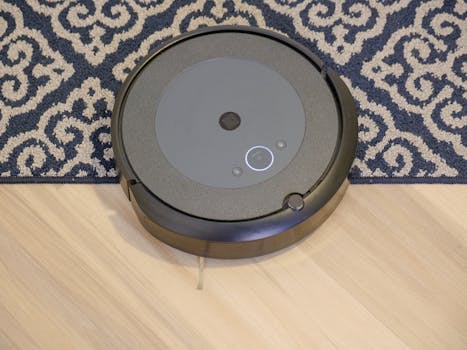
Smart Homes and Smart Living: The Technological Transformation of European Homes by 2025
Smart Homes and Smart Living are revolutionizing the way we live, work, and interact with our surroundings. The European home is undergoing a significant transformation, driven by advancements in technology and changing lifestyles. By 2025, smart homes and smart living will become the new norm, offering enhanced convenience, energy efficiency, and security.
Introduction to Smart Homes
A smart home is a residence that has been equipped with advanced technology and automated systems to provide a comfortable, convenient, and secure living environment. Smart homes integrate various devices and systems, such as lighting, temperature control, entertainment, and security, into a single, cohesive network. This network can be controlled and monitored remotely, using a smartphone or tablet, to ensure that the home is always running efficiently and effectively.
The Benefits of Smart Homes
The benefits of smart homes are numerous and significant. Some of the most notable advantages include:
- Enhanced convenience: Smart homes offer a high level of convenience, allowing residents to control and monitor their living environment with ease.
- Energy efficiency: Smart homes can optimize energy consumption, reducing waste and saving residents money on their utility bills.
- Improved security: Smart homes can be equipped with advanced security systems, including motion detectors, cameras, and alarms, to provide an additional layer of protection for residents and their property.
- Increased property value: Smart homes can increase property value, making them more attractive to potential buyers and renters.
The Future of Smart Homes in Europe
By 2025, the European smart home market is expected to experience significant growth, driven by advancements in technology and changing lifestyles. Some of the key trends that will shape the future of smart homes in Europe include:
- Increased adoption of voice assistants: Voice assistants, such as Amazon Alexa and Google Assistant, will become more prevalent in European smart homes, allowing residents to control their living environment with ease.
- Growing demand for energy-efficient solutions: European residents will increasingly seek out energy-efficient solutions, such as smart thermostats and energy-harvesting systems, to reduce their environmental impact and save money on their utility bills.
- Expansion of smart home security systems: Smart home security systems will become more advanced, incorporating features such as facial recognition, motion detection, and alarm systems to provide an additional layer of protection for residents and their property.
- Integration with Wearable Devices: Smart homes will be integrated with wearable devices, such as smartwatches and fitness trackers, to provide residents with a more seamless and convenient living experience.
Challenges and Limitations
While smart homes offer many benefits, there are also challenges and limitations to consider. Some of the most significant challenges include:
- High upfront costs: The cost of installing and maintaining a smart home system can be prohibitively expensive for some residents.
- Complexity: Smart home systems can be complex and difficult to use, particularly for those who are not tech-savvy.
- Security risks: Smart home systems can be vulnerable to cyber threats, such as hacking and data breaches, which can compromise resident safety and security.
- Interoperability: Smart home devices and systems may not be compatible with each other, which can limit their functionality and effectiveness.
Conclusion
Smart homes and smart living are revolutionizing the way we live, work, and interact with our surroundings. By 2025, the European home will undergo a significant transformation, driven by advancements in technology and changing lifestyles. While there are challenges and limitations to consider, the benefits of smart homes are numerous and significant, offering enhanced convenience, energy efficiency, and security. As the smart home market continues to evolve, it’s essential to address the challenges and limitations, to ensure that smart homes are accessible, usable, and beneficial for all residents.






